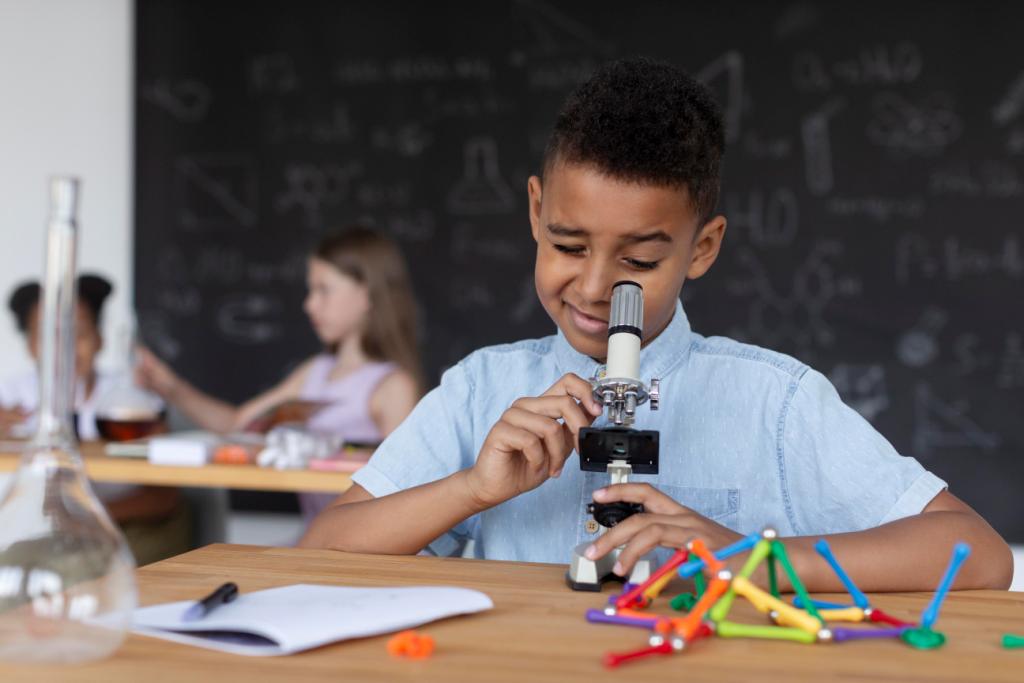We have all heard the term STEM Education. STEM education is an integrated approach that combines Science, Technology, Engineering, and Mathematics to offer a well-rounded learning experience. In today’s era where design thinking is a big part of all industries, STEM education has evolved to also incorporate the learning of ‘Arts’ as a part of the learning experience. This is where the term STEAM education comes from.
Integrating Science, Technology, Engineering, Arts, and Mathematics (STEAM) into the curriculum is paramount for fostering a holistic learning experience that will help create an impact on the intellectual development of the country’s youth. Bharat is leading the revolution of innovation globally, be it in producing goods and services for mass consumption or the niche reaches of outer space. To enable our students to lead this innovation revolution, we need to relook the traditional teaching and learning methods. Today, more than ever, we need to equip our students with skills that transcend the boundaries of traditional disciplines and encourage creative problem-solving, critical thinking, and collaboration.
STEAM education will usher in a paradigm shift that will redefine the way we nurture young minds. Hands-on STEAM education promotes interdisciplinary learning. Rather than compartmentalising subjects, it encourages students to see the interconnectedness of the STEAM fields. For instance, a physics lesson can seamlessly merge with art and design as students construct functional bridges or create hybrid cars. This holistic approach to learning also fosters a deeper appreciation for the beauty and complexity of the world around us.
When it comes to the implementation of STEAM education in Indian schools, we need to reassess certain facets of how schools are set up. To ensure the successful implementation of hands-on STEAM education, it is crucial for educators to be upskilled, and receive ongoing training and support. Teachers must be equipped with the pedagogical knowledge and tools necessary to facilitate experiential learning effectively. Schools and policymakers must also prioritise funding and infrastructure improvements to support hands-on STEAM learning. A Nasscom survey in 2021 found that STEM education in India is considered theoretical with little exposure to industry. There is a need for facilitating application-based learning rather than just routine learning.
Schools need to curate real-world hands-on projects that students can get involved in as a part of their learning journey. As discovered in the Nasscom survey, there is a distinct lack of practical application-based learning in the current system of education in India. We need to enable students to become active participants in their own learning journeys. Schools need to incorporate project-based and inquiry-based learning methods to impart STEAM education. When deciding how STEAM lessons will be imparted, educators need to ensure that students are exposed to practical learning applications. These practical applications and scenarios should be designed around the development of skills that are immediately useful in the outside world.
Schools need to curate real-world hands-on projects that students can get involved in as a part of their learning journey. As discovered in the Nasscom survey, there is a distinct lack of practical application-based learning in the current system of education in India. We need to enable students to become active participants in their own learning journeys. Schools need to incorporate project-based and inquiry-based learning methods to impart STEAM education. When deciding how STEAM lessons will be imparted, educators need to ensure that students are exposed to practical learning applications. These practical applications and scenarios should be designed around the development of skills that are immediately useful in the outside world.
Post Covid, colleges nationwide have seen a drop in female enrolment. According to the ‘All India Survey on Higher Education’ reports, historically, in India, enrolment of females in technical and professional courses has always been on the lower side. One of the ways to take corrective measures is to introduce STEAM education in all schools across the country. This will help cultivate an aptitude for technical career paths. Fostering this mindset will help augment the employability of all our young citizens and hold the future of the country in good stead.
This implementation of hands-on STEAM education across all classrooms in India will represent a pivotal moment in the evolution of our education and workforce. As thought leaders and subject-matter experts, it is our collective responsibility to champion this transformative approach to learning, ensuring that the next generation emerges from our classrooms as capable, confident, and compassionate global citizens ready to shape a brighter future.







